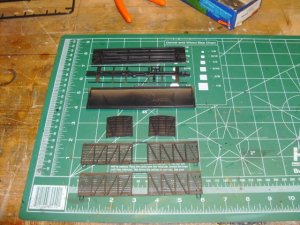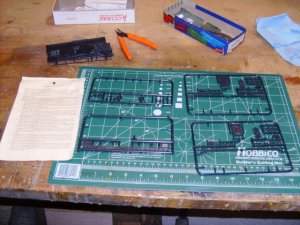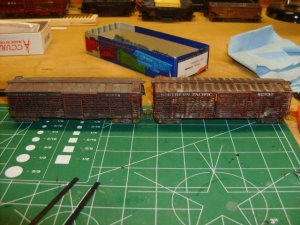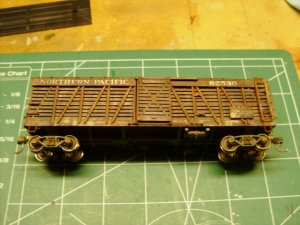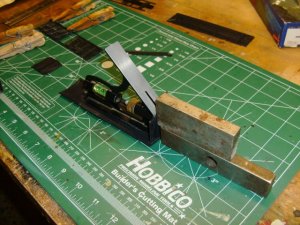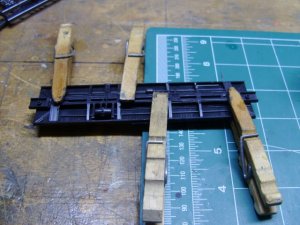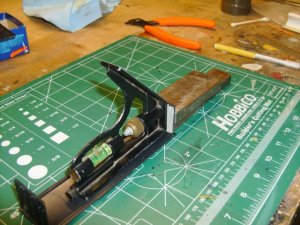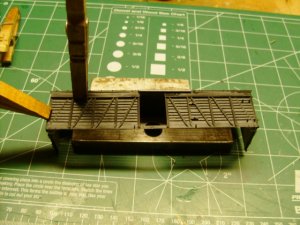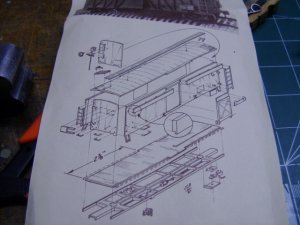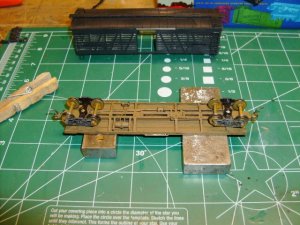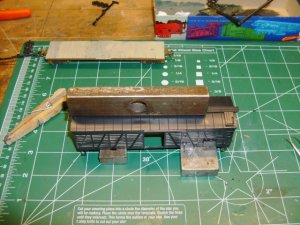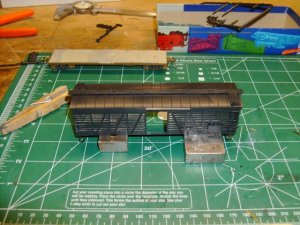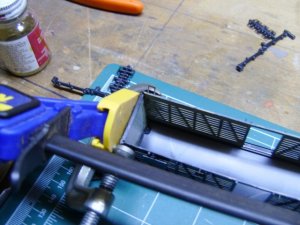N
NP2626
Guest
I am in the process of building my 5th Central Valley Model Works Stock Car kit <http://www.shop.cvmw.com/StockCarKit-1001.htm>. This kit is a little different, as it actually takes some building to produce, unlike the typical "Shake the Box' type of kit. Central Valley Model Works has modeled this kit after a Northern Pacific Proto Type and this kit will look very different than your typical Stock Car. Many where built by the Northern Pacific Shops, Laurel Montana, Como Shops in St. Paul Minnesota; or, the Ryan Car CO. of Ill. The cars had road numbers from 81000 to 83499.
What you will notice mostly is that the cars had round roofs and where totally of wood construction; but, had steel undersides. It appears that most where build in the 1930s. There is at least one of these cars still in existence at the lake Superior Railroad Museum in Duluth, Minnesota. I have seen it with my own eyes.
The kit is very highly detailed, the designer, Jack Parker, who had been the owner of Central Valley Model Works was a Northern Pacific Modeler himself, so he took care to give the model some very nice detail. If your an HO modeler and model from 1930 to the transition, this kit will work good for you. If you model the Northern Pacific, so much the better! I will be taking photos and describing the build as I go along; so, come along for the ride if you'd like!
What you will notice mostly is that the cars had round roofs and where totally of wood construction; but, had steel undersides. It appears that most where build in the 1930s. There is at least one of these cars still in existence at the lake Superior Railroad Museum in Duluth, Minnesota. I have seen it with my own eyes.
The kit is very highly detailed, the designer, Jack Parker, who had been the owner of Central Valley Model Works was a Northern Pacific Modeler himself, so he took care to give the model some very nice detail. If your an HO modeler and model from 1930 to the transition, this kit will work good for you. If you model the Northern Pacific, so much the better! I will be taking photos and describing the build as I go along; so, come along for the ride if you'd like!

